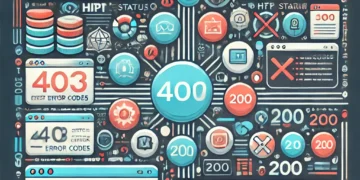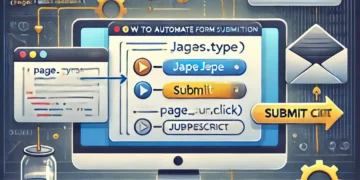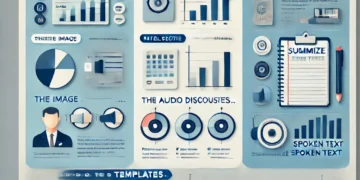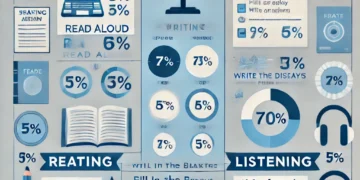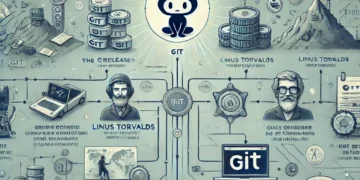YouTube, the world’s largest video-sharing platform, manages an immense volume of videos, users, and interactions every day. Its system design is a testament to the power of distributed architecture, scalability, and intelligent algorithms to deliver seamless video experiences globally.
1. Architecture Overview
YouTube’s architecture is designed to handle billions of videos efficiently while providing a personalized experience for every user. The backbone includes:
- Distributed Storage: Videos are stored across data centers worldwide to ensure high availability and speed.
- CDNs (Content Delivery Networks): Deliver videos with minimal latency by caching content near users.
- Microservices: Each service, such as recommendations, search, and streaming, operates independently for scalability.
2. Video Processing
- Encoding: Videos are uploaded in various formats and converted into multiple resolutions using tools like FFmpeg.
- Adaptive Bitrate Streaming: Ensures smooth playback by dynamically adjusting video quality based on internet speed.
3. Personalization and Recommendations
- AI and Machine Learning:
- Collaborative filtering and deep learning power personalized recommendations.
- Neural networks analyze viewing history, preferences, and metadata.
- Content Categorization: YouTube uses NLP and computer vision to tag and recommend videos.
4. Data Infrastructure
- Bigtable: Google’s proprietary NoSQL database handles massive amounts of metadata and user interaction data.
- MapReduce: Processes video analytics to generate insights and improve user experience.
5. Scalability and Reliability
- Kubernetes: Manages containers for resource efficiency and service scalability.
- Load Balancing: Distributes traffic effectively, even during viral video spikes.
6. Video Search
YouTube’s powerful search engine relies on:
- Indexing: Extracting video titles, descriptions, and tags for fast retrieval.
- Search Ranking: Combining user engagement, video quality, and metadata to rank results.
7. Challenges and Solutions
- Challenge: Managing copyright and inappropriate content.
Solution: Content ID and AI moderation systems. - Challenge: Handling live-streaming traffic surges.
Solution: Dynamic resource allocation and edge caching.
8. Security Measures
- Encryption: Ensures video and user data privacy during streaming and storage.
- Fraud Detection: Identifies bots, fake views, and suspicious activity using AI.
YouTube’s system design highlights the balance between scalability, performance, and user satisfaction, allowing it to dominate the video-sharing space.







